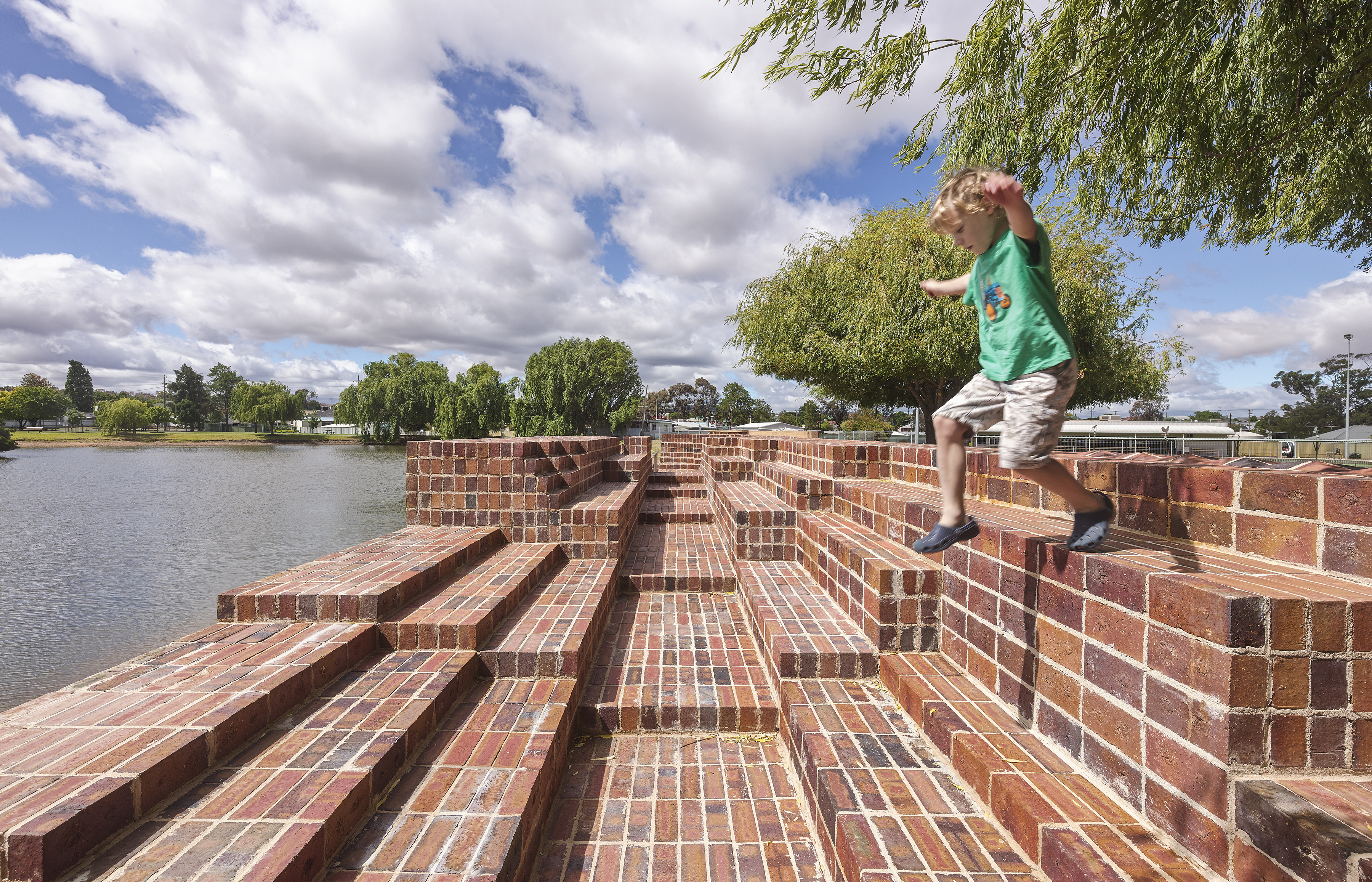 This note was reviewed and approved for currency in August 2018.
This note was reviewed and approved for currency in August 2018.
A balanced mix of play activities is critical to a child’s development. However for many children in Australia, as elsewhere in the developed world, the proportion of active, outdoor play is declining due to many interconnected environmental and social factors. This has significant adverse physical and mental health implications for young people, the adults they become and their communities. The environments we design can influence these environmental and social factors and contribute to making a place more conducive for play.
‘The right to play is the child's first claim on the community. Play is nature's training for life. No community can infringe that right without doing enduring harm to the minds and bodies of its citizens.’ - David Lloyd George 1926 (Brown and Patte 2012)
